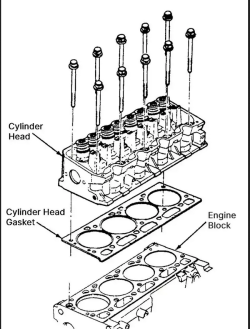I would check on that thermostat since, while there are some that are designed to open at higher or lower temperatures, the stock temperature for opening should be 185 degrees F and the final operating temperature should be around 195 degrees F under normal driving conditions.
At the normal 195 degrees F, your dash gauge should read slightly to the left of the straight up position.
On my trucks, this indicates 195 degrees F when checked against scanner live data.
The 199 degrees F opening of the thermostat seems to be too high and your reading you are reporting of 160 degrees F is no where near this.
Perhaps a faulty engine coolant temperature sensor is giving a bad reading and if so, with a 199 degree F opening thermostat, your engine is actually running too hot, but your dash gauge is reading too low.
An engine that is allowed to run overheated can possibly cause other problems like blown head gaskets.
I am interested in seeing what the actual coolant temperature is when you test it later.
A digital infrared thermometer can also be used to check the temperature at many locations on the engine, such as the thermostat housing, the radiator and hoses and the actual coolant inside the tank through the open top.
A
digital infrared thermometer can be fairly inexpensive and can be a handy tool to have on hand.
It is also possible that the dash gauge is not reading properly as these have been known to fail.
If you have access to a scanner that can read "live data", you can see when the temperature reading being given from the engine coolant sensor is and compare that to the reading you see on the dash gauge.
Some other things to consider would be a clogged up radiator that is going to allow the coolant temperature to get too high.
Radiators can be clogged internally or externally.
A clogged heater core can also contribute to overly high coolant temperatures.
When the engine is fully warmed up, how well does the heater inside the truck's cab perform?
How hot do both of the heater core hoses get as they enter and exit the firewall?
This should give you several things to look at.
Let us know what you find.


